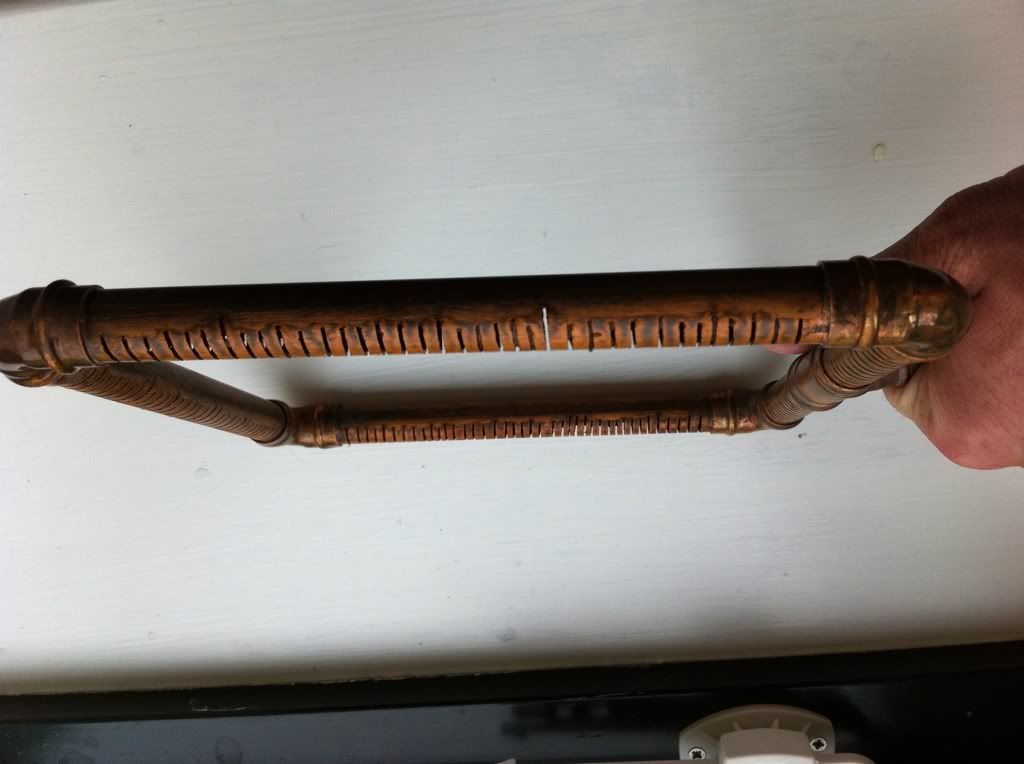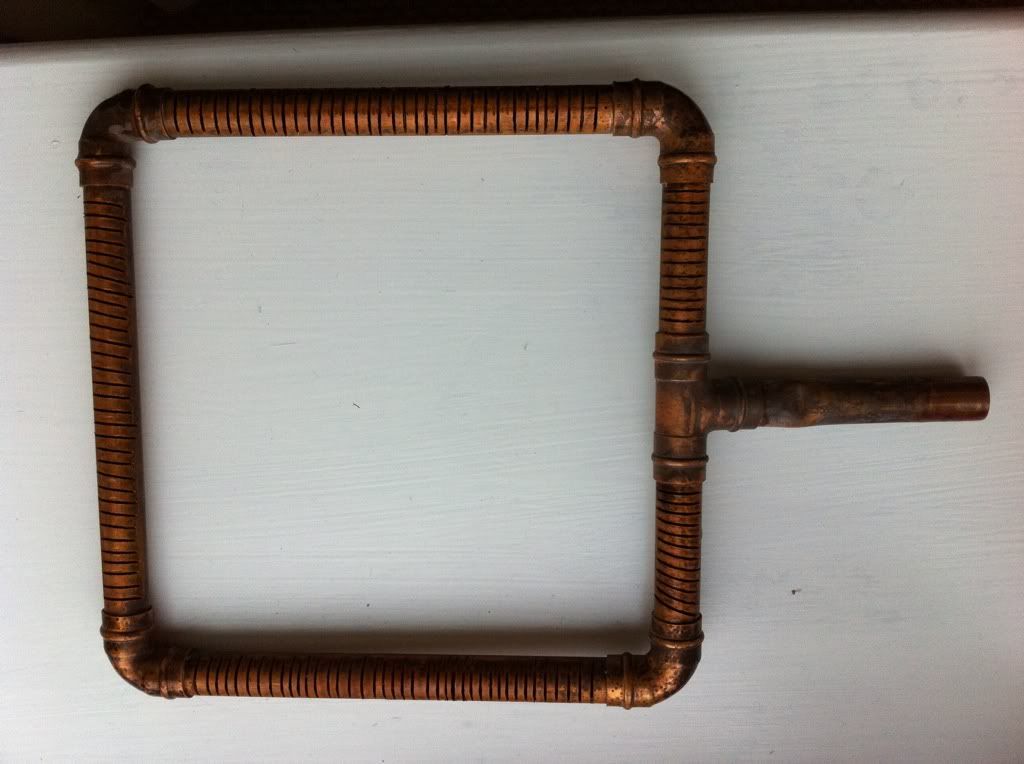I would like to thank everyone who invested time and brainpower and made this possible.
There were three things i would still like to improve in our brewing process, and maybe you can help us:
1. Temperature Readings
We did our temp readings with a infrared thermometer on the outside of the urn, from experience with our previus 3V brews this represents the most accurate reading.
But with BIAB it was a little bit different, after 30min into the mash, i went to stir and measure the temperature and it was very difficoult to get a accurate reading, so i heated the mash a little bit too much ~68C.
I thought about maybe using a PID + PT100 sensor or to order a fast and accurate digital Thermometer like the ThermoWorks
How are you measuring ? Is there a better way?
2. Transfer to Fermenter
The Transfer was done with a copper siphon we already used in our previous brews, its a copper tube with the same circumference as our kettle, its closed on one end and has many small holes drilled on the bottom side.
So we made a whirlpool and siphoned the hot wort right in to the fermenter. But toward the end, a lot of trub got sucked into the tube and we ended up with too much trub in the fermenter.
Is it better to cool the worth in the kettle and transfer it cold, what could be the downsides?
What better can i use to transfer the wort to the fermenter?
3. Sanitise
At the moment, we always used chlorine bleach to sanitise our equipment. It works great but its always a hassle because you have to be very careful to not stain you clothes because this stuff is pretty aggressive. Another problem is that you have to use so much water th rinse everything off. I like the smell of it though
I did not find any norinse sanitiser, what else could i use?
Thanks again folks!


